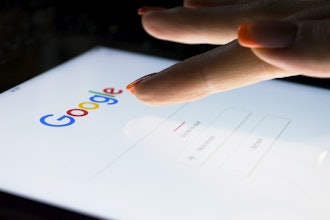In the name of preserving history, researchers at the National Institute of Standards and Technology (NIST) have used advanced imaging to create digital replicas of the bullets that killed President John F. Kennedy on Nov. 22, 1963.
The bullets are typically stored at the National Archives, which brought the spent ammo to NIST so the ballistics team could make new perfect copies.
Even though we're more than 56 years removed from the tragic event, the National Archives still receives many requests to access the bullets. The plan is to make the 3D replicas available to the public by early 2020 because the original photographs that were made available are aging. Now, everyone will have access to the microscopic details of each bullet.
The new collection will include two fragments from the bullet that caused the president's fatal wound, as well as the "stretcher" bullet that struck both the president and Texas Gov. John Connally. The stretcher bullet was found near Connally at the hospital.
The collection also includes two bullets test fired from the assassin's rifle, as well as one that is believed to have been used in a previous assassination attempt on an army major.
The ballistics team used focus variation microscopy to create a series of images at different focal distances at each location along the object's surface. As the lens moved across the bullet, it built a 3D surface map.
The team spent countless hours rotating the metal fragments to image every facet, and then stitched the images together, capturing every tiny scratch and anomaly in the metallic surface.
NIST performed 22 scanning runs just on the stretcher bullet, producing 1,699 individual measurements of the bullet's surface.
The NIST ballistics team members are familiar with bullet imaging. They often work on developing advanced forensic techniques that can identify firearms used in crimes.
The project wasn't without its challenges, as the bullet fragments were bent and distorted in ways that made them difficult to image. A single piece took more than 30 scans to image the entire surface.
Some of the techniques used throughout the process will be employed in future criminal cases. We'll see what new insight comes out once the public begins analyzing those bullets next year, but until then, and for the foreseeable future, the bullets that killed President Kennedy in Dallas will be returned to their temperature and humidity-controlled vault.






















